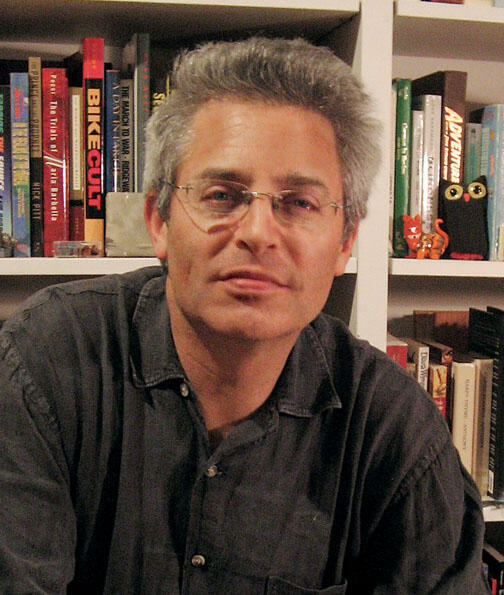Oakes '83 connects readers directly to a publisher
Oakes, a veteran book publisher at small presses, and his business partner, Colin Robinson, a former senior editor at Scribner, have developed an alternative that cuts out some of the middle men (book retailers) between reader and publisher. New York-based OR Books, which they founded in 2009, sells directly to customers who order from the OR Books website, eliminating unsold inventory, doing away with deep discounts to retailers, and sharing more of the profit with authors. Customers may order print copies or digital versions; OR Books prints and delivers copies only when they are ordered.
“Our aim is to sell straight to the reader,” says Oakes.
OR Books publishes one or two titles a month and spends time and effort promoting them. “We make a commitment to authors,” Oakes says. “We are going to market these books, because that’s how we sell them and that’s how people hear about them.”
OR Books gets the word out about its books through its website and advertising, and by tapping into Internet communities and bloggers. A forthcoming book edited by Bill McKibben on global warming will tap into the online environmental community, for example.
“We’re politically progressive and culturally adventurous,” says Oakes, describing the types of books OR publishes. (Among its titles is Douglas Rushkoff ’83’s Program or Be Programmed: Ten Commands for a Digital Age, which was released last fall.) Because OR Books still is getting its bearings, it is “unlikely” at this point to take on an unpublished author and instead looks for authors who have strong records of sales and critical acclaim, Oakes says.
One OR author is Micah Sifry ’83, whose WikiLeaks and the Age of Transparency was due to be released in February. Sifry, who has published books with Random House and Simon & Schuster, says that editors at the larger publishing houses typically are juggling many projects. “If you are lucky enough to get the attention of their publicity department, it’s usually very skimpy unless you are already a famous author.” With OR Books, he says, “I feel like I have their full attention.”
Of about a dozen books published so far, half have sold 4,000 to 6,000 copies — a good amount for the titles, says Oakes. He notes that after a book’s promotional period runs its course, the book can get a second life when OR licenses the title to a traditional publisher.













No responses yet